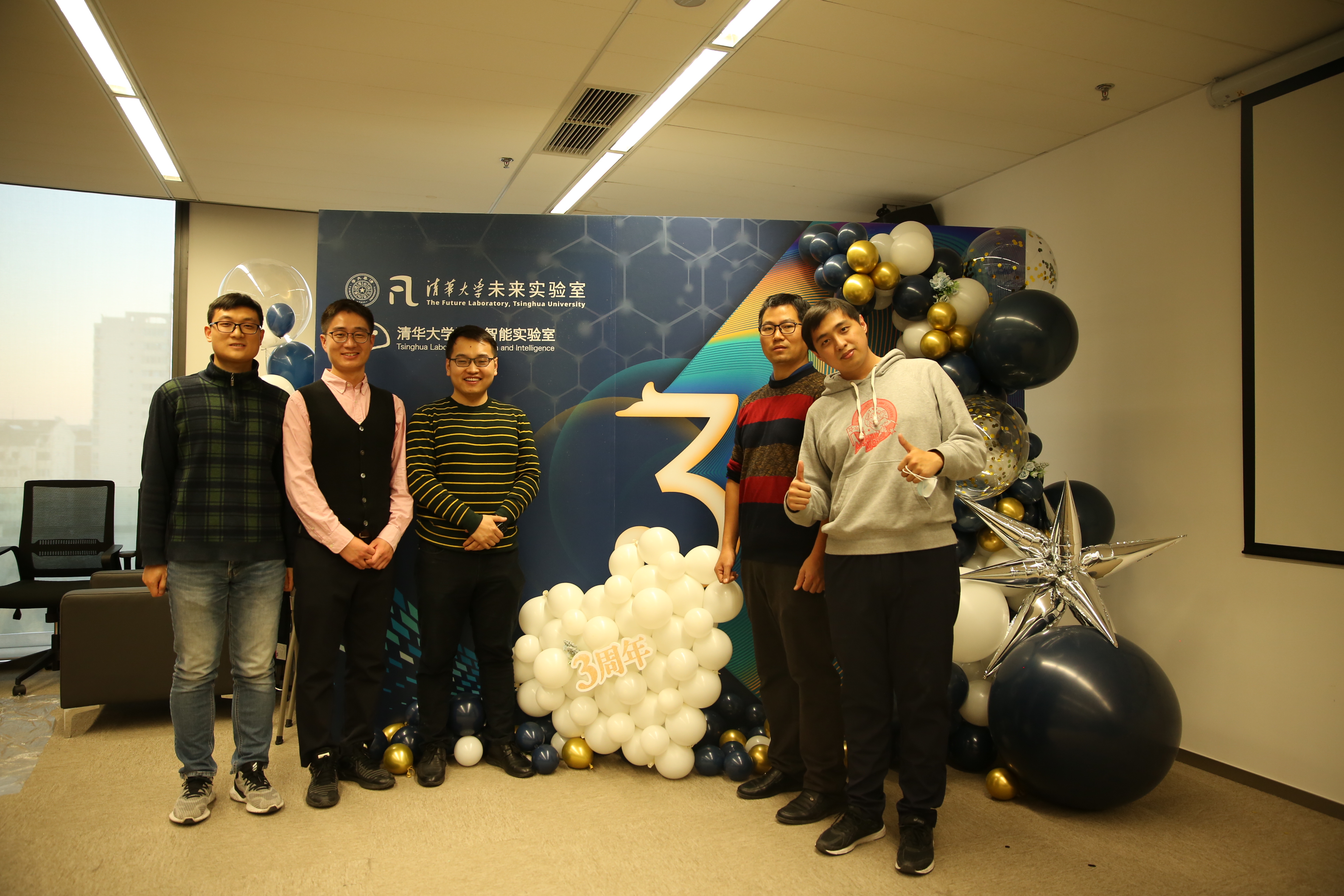"Electrochemistry, as one of the branches of chemistry, is the science of studying the changes in electrification and electron transfer that occur at the interface formed by two types of conductors (electronic conductors, such as metals or semiconductors, and ionic conductors, such as electrolyte solutions). "

Electrochemical Materials Laboratory: Our Stories
In recent years, two major challenges of our time - energy crisis and environmental pollution have plagued mankind. To respond to this challenge, we develop renewable, sustainable and green energy to solve the missing puzzle. As the foundation of many renewable energy technologies, electrochemistry can improve our design of renewable energy devices by enhancing engineering performance and improving our knowledge of electrochemical reactions at the atomic scale. Our research platform still has much room for development in precision and purification to break through technical bottlenecks. And this has become our born mission.
Our laboratory is located in Room 702 of the Future Laboratory. At present, the research group mainly focuses on three major areas of research, including 1. atomic precision material preparation; 2. ultra-clean high-temperature electrochemical testing; 3. in-situ characterisation based on large scientific devices. Our research covers a wide range of areas include surface and interface science, materials science (electronics/conductive ceramics), physics, micro-electromechanical systems, electrochemistry, photonic science and energy science and other multidisciplinary fields. Our laboratory can prepare advanced functional thin film materials and characterise their performance. Our research group has independently designed and built a fully automatic, ultra-clean, high-precision high-temperature electrochemical test platform, which can test the electrochemical properties of materials at high temperatures and minimize element pollution. In addition, the laboratory also has advanced equipment such as impedance spectroscopy test analysers, tube furnaces, ultra-pure water machines, and purification fume hoods. Our self-designed new in-situ film growth and electrochemical test platform will also be put into use soon.
Material Preparation for Atom-Level Precision
In the past two decades, the model system used by the Institute of High-Temperature Electrochemistry has undergone three upgrades, and each upgrade brings a new perspective to scientific research, from the initial micron-level porous structure to the atomic-level stepped structure, and the scale of research became increasingly refined. The new generation model system under development has atomic level accuracy, and the surface structure is controlled at the atomic level. This can clarify the reaction surface, accurately control the reaction site, and better understand the reaction mechanism, which can help us understand the high-temperature electrochemistry more deeply.
In the research of solid oxide fuel cells, we use micro-electromechanical system (MEMS) technology to prepare precious metal electrodes on the substrate. The levelling treatment of surface atoms creates the most solid and stable foundation. Now since we have a stable foundation, what we need now is to energise it after laying the electrical level, just as we need to supply energy after building a plot. The traditional method is to introduce current with a single wire, but this is bound to be uneven and unstable in energy transmission. Now we turn a single wire into a fine power grid, evenly embedded in the electrical level so that the energy is stably and evenly distributed among the electrodes.
The new in-situ thin film growth and electrochemical test platform we designed will be in place in the summer of 2021. The system integrates sample preparation and testing functions, and some functions are internationally advanced. The system can not only accurately define the atomic arrangement on the surface but also perform in-situ research on the interface during sample preparation. In addition, the system integrates a glove box to minimize contamination during sample transfer.
Ultra-Clean High-Temperature Electrochemical Test Platform
The full-automatic, ultra-clean, high-temperature electrochemical test platform we designed and built has only ultra-high purity alumina, inert precious metals and ultra-pure gases at its core, which can minimize the impact of pollution sources in the equipment on the samples. Our research has reached an advanced level in this field.
In-Situ Characterization Platform Based On Large Scientific Devices
Synchrotron radiation provides extremely high-quality "light": high brightness (more than 109 times that of conventional light sources), high collimation (parallel light), high polarisation, wideband (far-infrared to X-ray), pulsed (high time resolution) and other light properties. We cooperated with Shanghai Synchrotron Radiation Facility (SSRF) and Shanghai Technology University to use an electrochemical in-situ characterization platform based on synchrotron radiation to study the changes in the composition and structure of the material surface while conducting electrochemical tests.
When there are gas molecules, the solid surface is constantly changing, and this change is completely different from ultra-high vacuum (UHV) conditions. Therefore, in-situ characterisation is particularly important. To understand this process of change, we need to use the high-quality "light" provided by synchrotron radiation to "see" the entire process.
Green Energy Future Hope
This research group combines laser sputtering deposition (PLD) thin-film preparation technology and microelectromechanical system (MEMS) technology to prepare ultra-precise reactions to interface thin film patterned electrodes. We adopt an ultra-clean high-temperature electrochemical testing system, combined with a synchrotron radiation device and near atmospheric pressure, X-ray photoelectron spectroscopy (Operando APXPS) advanced characterisation methods that use electrochemical testing and X-ray spectroscopy under in-situ operating conditions to test film patterns In the process of electrode electrochemical reaction, the information on the surface composition of the interface is reacted, and the electrochemical interface reaction mechanism is studied, to further enhance the basic theoretical understanding of new energy devices, promote the development of green energy, and guide the design of new energy devices.